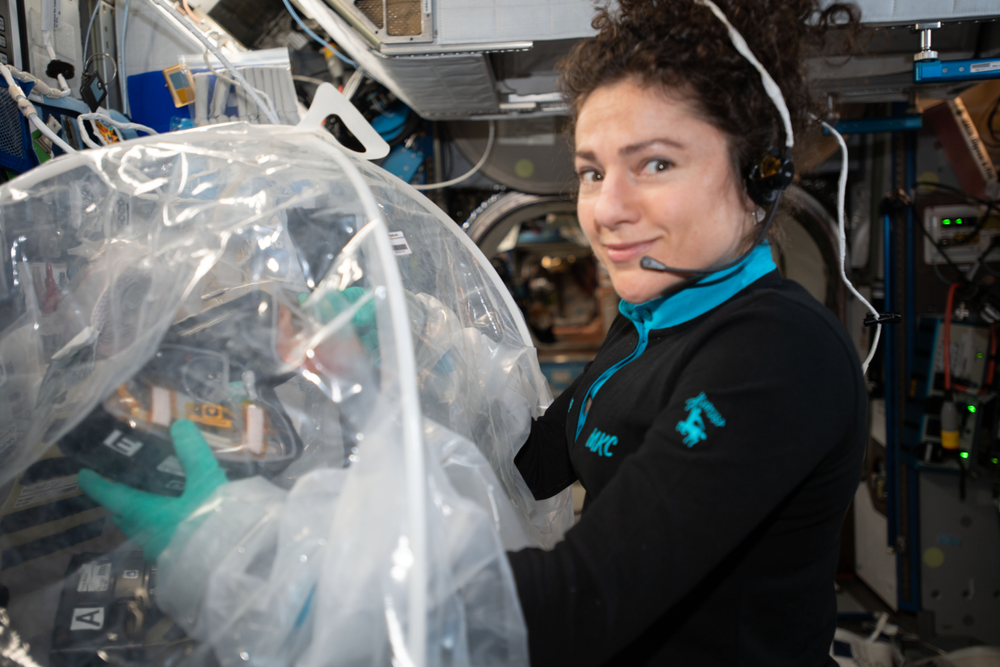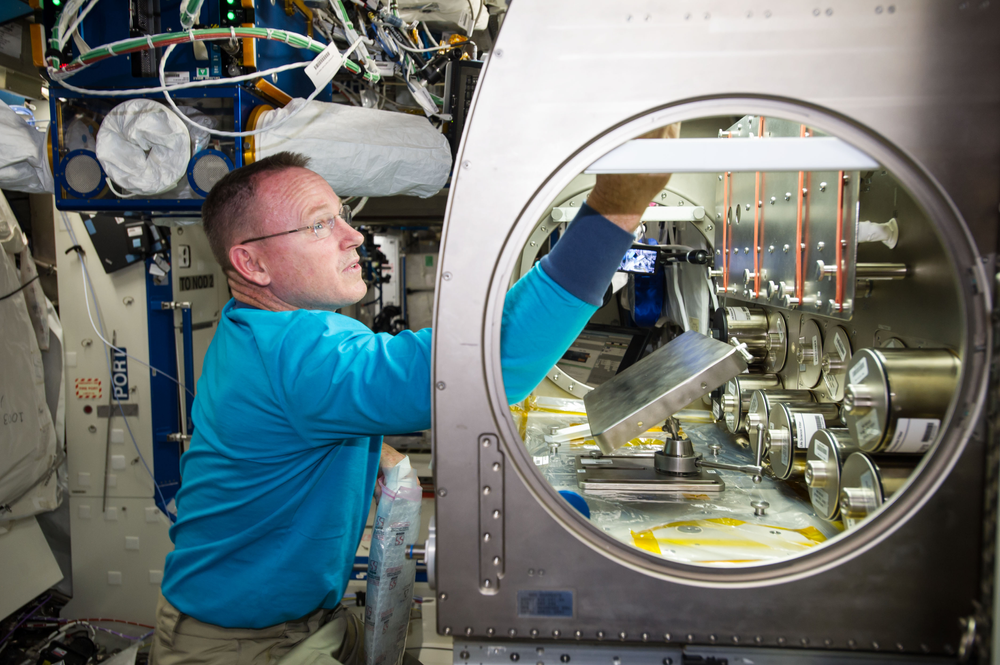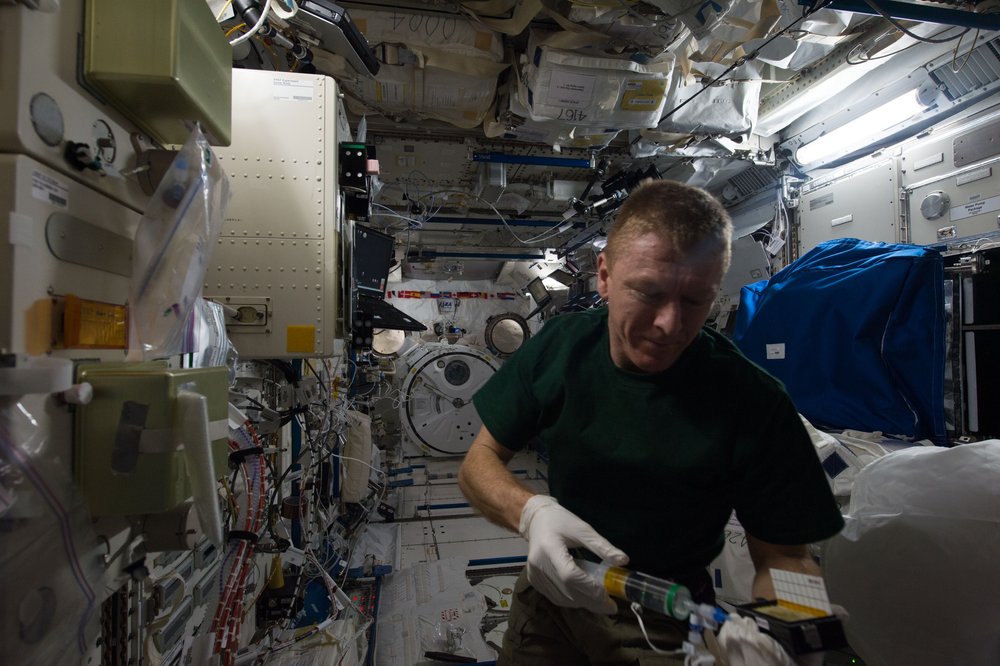Station Science Top News: Jan. 26, 2024
Cardiac muscle cells exposed to microgravity for three days showed increased expression of genes associated with cell differentiation, proliferation, and function. This finding suggests that short-term exposure to microgravity could more efficiently generate 3D cardiac cells for use in research on disease modeling, drug development, and regenerative medicine.
MVP Cell-03 examined whether microgravity increases the production of heart cells from human-induced pluripotent stem cells (hiPSCs), cells that regenerate indefinitely and can develop into almost any cell type. HiPSC-derived heart cells have potential for use in drug development and regenerative cell therapy, but such uses require large numbers of cells (heart repair, for example, requires an estimated 109 to 1010 cells per patient). Combining microgravity and tissue engineering could be a cost-effective way to increase the production of heart cells and may also generate cells with superior properties.

***
A study on mice demonstrated that 30 days is long enough for heart cells to adapt to the stress of spaceflight. Some of the genetic changes the researchers observed suggest that this adaptation may facilitate survival in space and could have applications in the development of countermeasures for heart disease in space and on Earth.
This research used samples from Rodent Research-1, which validated the station’s rodent research hardware and produced tissue samples available through NASA’s GeneLab. Rodents are model organisms that provide invaluable information about changes to the body that have relevance to humans in space. Rodent research also makes significant contributions to understanding human aging, disease, and the effects of microgravity on biological and physical processes. A better understanding of genetic changes within the intact heart in space could help protect crew members on future long-term missions.

Read more about the rodent research hardware here.
***
Researchers found that levels of plant hormones involved in determining direction of early growth decreased in pea seedlings and increased in maize seedlings in microgravity. Understanding hormonal growth pathways in plants in microgravity helps inform the design of critical life support systems for long duration missions.
Auxin is a plant hormone that regulates multiple physiological processes such as cell elongation and rooting. Gravity helps plants correctly orient their roots, stems, and leaves, and previous research shows that it affects transport and levels of auxins within a plant. Auxin Transport, an investigation from JAXA (Japan Aerospace Exploration Agency), examined the role of auxins in controlling growth of pea and maize seedlings in microgravity. This investigation provided insight into the gravity-sensing role of auxins and how microgravity affects plant development.

ESA (European Space Agency) astronaut and Expedition 47 Flight Engineer Tim Peake uses a small syringe during Auxin Transport sample preparation in the Japanese Experiment Module (JEM) Pressurized Module. Credit: ESA/Tim Peake







